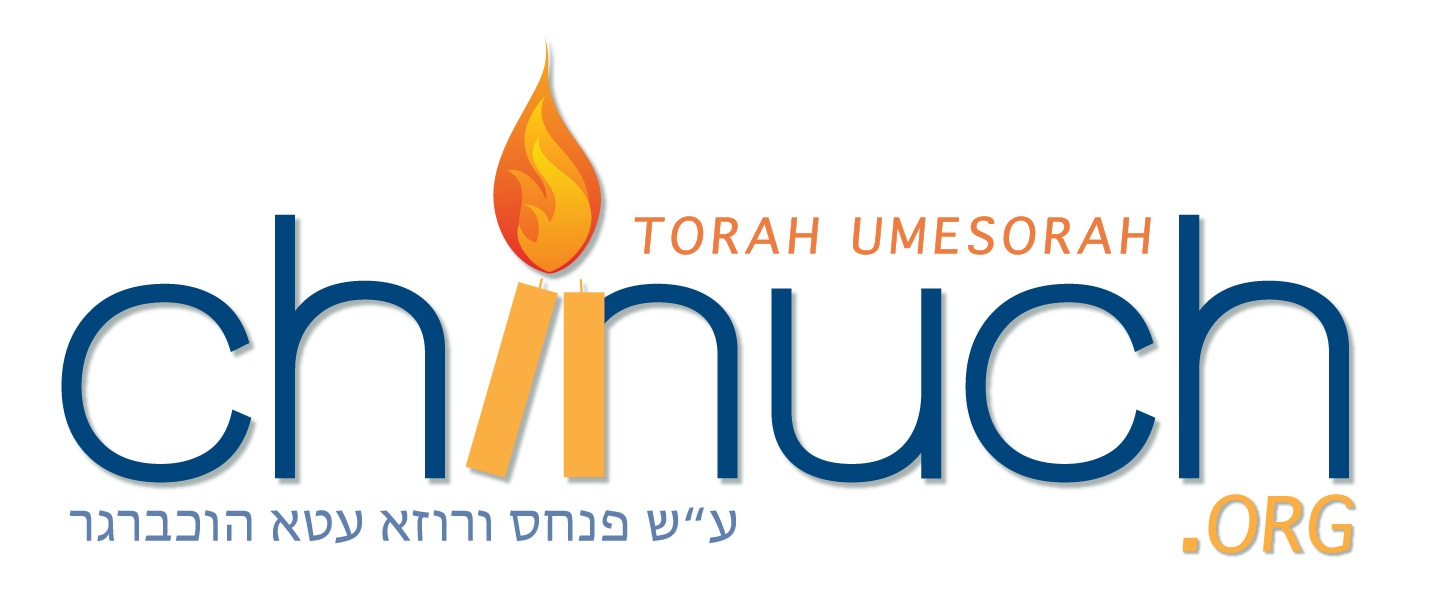
|
|
| 8 Teves, 5786 / Sunday, December 28, 2025 |
|
|
|
|
|
|
|
|
|
|
|
|
|
|
|
|
|
|
| |
 |
| |
|
Chinuch.org is primarily sponsored by a grant from The Avi Chai Foundation
|
|
|
| | | Message Board Posts: | 2 | | 1. | I've been reading about DI for some time. What frustrates implementation is trying it all at once, which leads to frustration. At our school, certain teachers are moving towards DI in gradual steps. Here is what they say works...
1) Make "Anchor Activities". These are specific activities which a student can work on independently. Examples might include
- Enrichment worksheets
- A Rashi workpage page with accompanying translation, explanation and questions.
- Flashcard games (like matching Heb-Eng of a certain pasuk)
- Chavrusa with a specific goal (look at psukim 1-15 and write down how many times you see the shoresh "XYZ", or prefix "Q")
- Make a project depicting one of the highlights of Chayei Sarah (the scales and shekalim, the cave, Sarah's tent) and write the pasuk to which it refers, for display.
The key is that the student has something to do INDEPENDENTLY, so the teacher can begin to focus on other students.
2) The key to making the "Anchor" activities work, is taking the time to teach the kids the routine, and practicing with them until it becomes a routine.
Establishing anchors just gives the teacher more time to breath and the freedom to think more about the kids' needs.
| | | 2. | In order to differentiate instruction, the teacher has to decide
a) what material is core, necessary for every student, what is "need to know",
b) and what material is "nice to know"
This presuposes that the teacher, or beter yet, the school has decided what are the "standards" for their Chumash or Gemara curriculum. Every state website has its own state standards of what kids need to know for math, reading etc. by the end of 2nd grade, 3rd grade, etc. The teacher/school needs to decide this as well.
If a teacher's goal is to learn Bereshis 37:1-12, how can he/she differentiate? That's just a list of psukim. Lists of psukim are not goals or standards. Skills are goals. If the goal were, "the student will be able to identify and translate the prefixes XYZ", then the teacher would be able to differentiate. How? by skipping psukim in order to focus on skills for those weaker students. Or... by focusing on skills and assigning extra psukim for the stronger students.
The starting point for DI is knowing what kids "need to know" before we start.
But to what extent do schools and teachers have discussions about what kids need to know in Chumash, Mishna, Gemara etc.? | |
|
| |
| |